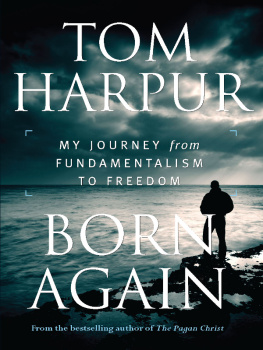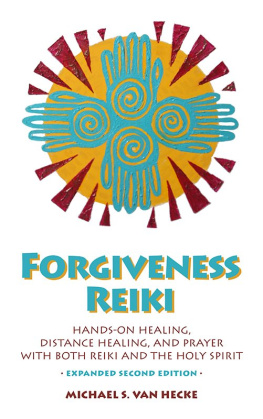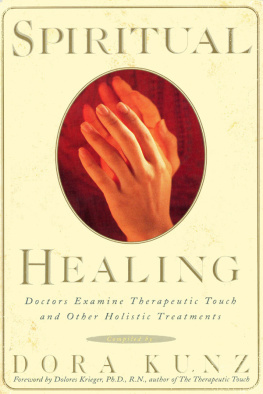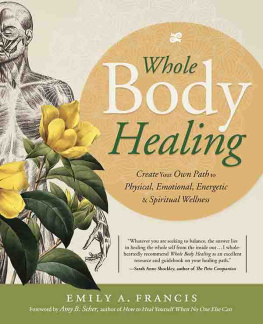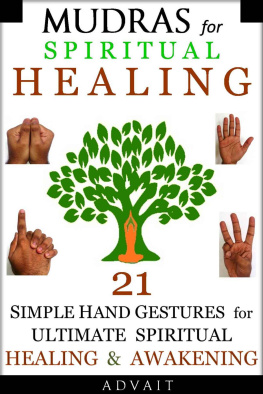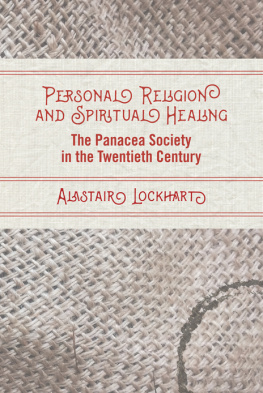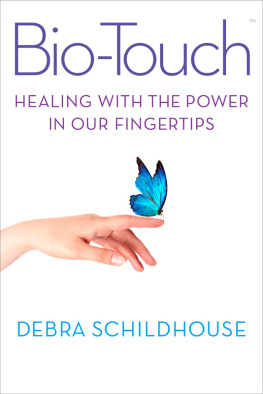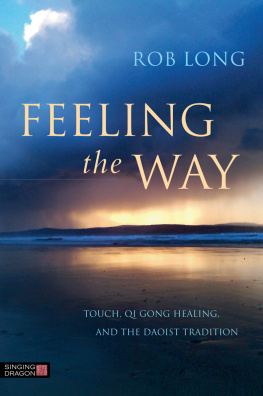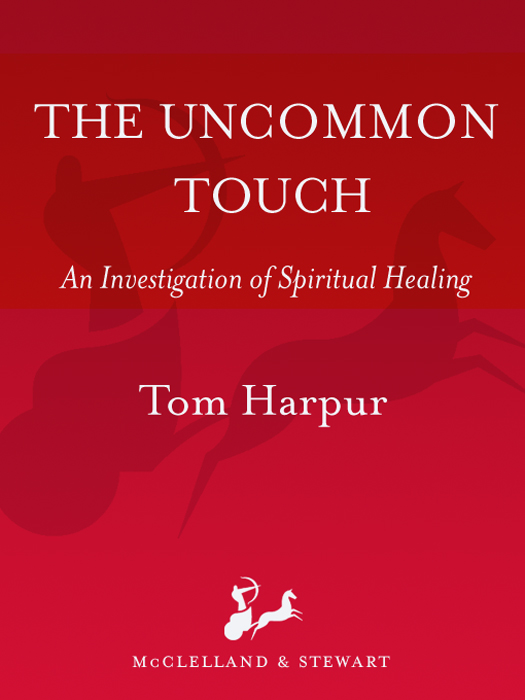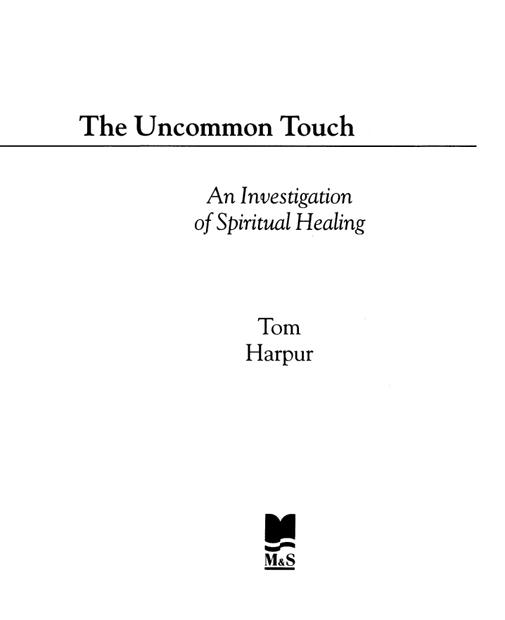BOOKS BY TOM HARPUR
Harpurs Heaven and Hell (1983)
For Christs Sake (1986; reissued 1993)
Always on Sunday (1988)
Life After Death (1991)
God Help Us (1992)
The Uncommon Touch (1994)
Would You Believe? (1996)
Copyright 1994 Tom Harpur
Cloth edition 1994
Trade paperback edition 1995
All rights reserved. The use of any part of this publication reproduced, transmitted in any form or by any means, electronic, mechanical, photocopying, recording, or otherwise, or stored in a retrieval system, without the prior written consent of the publisher or, in case of photocopying or other reprographic copying, a licence from the Canadian Copyright Licensing Agency is an infringement of the copyright law.
Canadian Cataloguing in Publication Data
Harpur, Tom
The uncommon touch: an investigation of spiritual healing
Includes bibliographical references.
eISBN: 978-1-55199-474-1
1. Spiritual healing. I. Title.
BT 732.5. H 37 1994 615.852 C93-095210-3
We acknowledge the financial support of the Government of Canada through the Book Publishing Industry Development Program for our publishing activities. We further acknowledge the support of the Canada Council for the Arts and the Ontario Arts Council for our publishing program.
McClelland & Stewart Ltd.
The Canadian Publishers
481 University Avenue
Toronto, Ontario
M 5 G 2 E 9
www.mcclelland.com
v3.1
To my brother, George David Harpur, M.D .

(The beloved physician)
Colossians 4:14
For with thee is the fountain of life: in Thy light shall we see light.
Psalms 36:9
He gave them power to heal all manner of sickness and all manner of disease.
Matthew 10:1
The profoundest healing of all is the healing of the human soul.
Anon
Contents
Preface
According to the January 28, 1993, issue of the prestigious New England Journal of Medicine, a surprising 34 per cent of Americans, or approximately 61 million people, used one or more unconventional therapies or forms of non-medical healing in 1990. The study, Unconventional Medicine in the United States: Prevalence, Costs and Patterns of Use, included practices from acupuncture and chiropractic to homeopathy, massage, relaxation response, meditation, biofeedback, self-help groups, prayer, and the laying-on of hands. The researchers were astonished to find that the better-educated the people surveyed were, the more likely they were to have pursued such complementary or alternative therapies. Nine out of ten who saw a spiritual or other kind of healer did so without the recommendation of a medical doctor. Some seven out of ten did not tell their own physician about the unconventional therapy.
A similar study has not yet been done in Canada, but it is evident from a host of signs that the situation here, and indeed throughout the developed countries of the world, is no different. This demonstrates that there is huge dissatisfaction with Western medicine as it is currently practised, and also that bright, ordinary people find it almost impossible to discuss this discontent with their family doctors. As Canadian journalist Morris Wolfe pointed out in the March 16, 1993, issue of the Globe and Mail, one of the reasons for this lack of dialogue is that the medical establishment, at any rate in North America, takes a very dismissive or patronizing approach to anything other than allopathic (conventional) medicine. Wolfe notes that in the same issue of the New England Journal of Medicine as the report, a condescending editorial puts down these other therapies and states that roughly a third of unconventional practices entail theories that are patently unscientific and in direct competition with conventional medicine. The editorial writers list of unscientific therapies includes spiritual healing and acupuncture. But, as I have discovered in my research for this book, this commonly held view is simply no longer tenable. Certainly, there are a lot of fads and false cures out there, but there is hard, scientific evidence both for spiritual healing and for acupuncture, as well as for the ancient Chinese therapy known as Qigong. And this evidence has been written up in learned journals for example, Subtle Energies which, unlike most Western medical publications, do not depend on funding from advertising placed by the huge pharmaceutical companies. As Wolfe rightly noted in his article, given that the major source of their income is the drug companies, its not surprising that major medical journals rarely discuss non-pharmacological approaches to treatment. There is little or no money for research into unconventional therapies for the very same reason.
This book began as a quest for understanding but has ended as much more. It has become a three-fold challenge: to the medical profession, to all of the religious community (in particular the churches), and finally to each reader. What follows here challenges doctors and other health-care professionals to look beyond conventional approaches to a much wider paradigm or model of healing. It confronts the various faiths with their common traditions of healing and the present opportunities they afford both for growing closer to one another and also for becoming more relevant to modern men and women at the same time. Lastly, but most importantly, it summons every one of us to realize afresh the power of the inner healer, to take responsibility for our own health, and in turn to become ourselves channels of healing.
A word of caution is needed about the term spiritual healing. Unfortunately, because of stereotypes and past associations, many people take the word spiritual to mean spiritualist or spiritualistic. It conjures up sances, table-rapping, and all the other oddities that charactetize the religious movement known as Spiritualism. I make no judgements upon Spiritualism in this book, but want to make it perfectly clear that when the term spiritual healing appears in these pages it has nothing to do with that movement. (Nor has it anything to do with that vague, recent usage which puts everything strange or unusual, from fortune-telling with tarot cards to numerology, under the umbrella of the spiritual.) What I mean by the term is healing achieved not by physical intervention, as in the prescribing of medications, lab tests, surgery, or elaborate hi-tech treatments of various kinds, but by the laying-on of hands or other religious rites, by prayer, visualization, meditation, and the cultivation of the inner, spiritual qualities of hope, faith, love, forgiveness, courage, purpose, and meaning.
Throughout the course of my own journey and investigation, one guiding conviction and principle has become absolutely bedrock, and it may help the reader to have it laid out as briefly and simply as possible at the very outset.
All healing is ultimately self-healing. This principle remains true no matter how much either doctors or other kinds of healers may intervene in the treatment of the sick or injured. They and their expertise, medications, surgery, and technology on the one hand, or their ancient rites, sacraments, and prayers on the other, are simply instruments or channels. The human organism, like the earth itself, is self-renewing and self-healing. The body is constantly making new cells, repairing damaged tissues, fighting off


